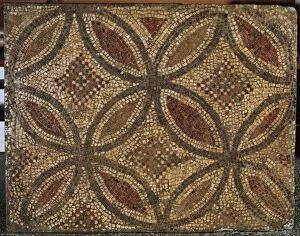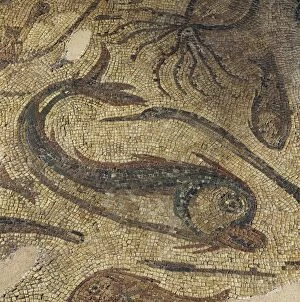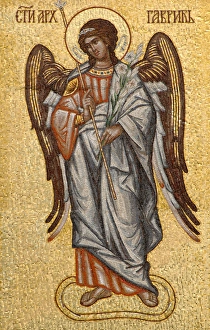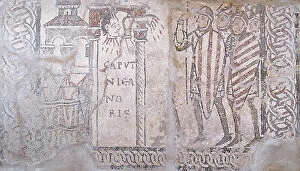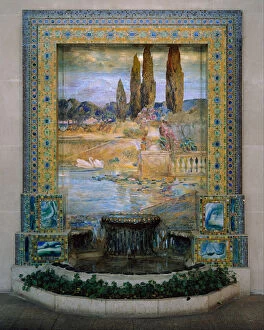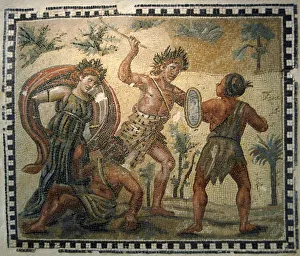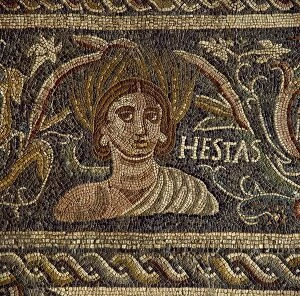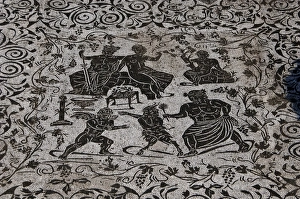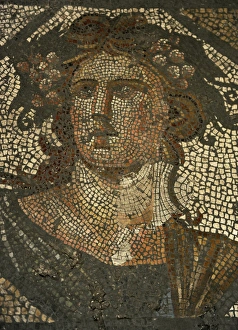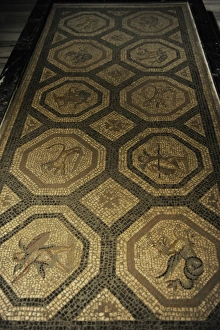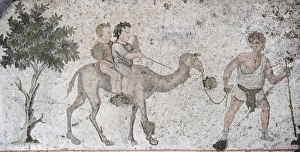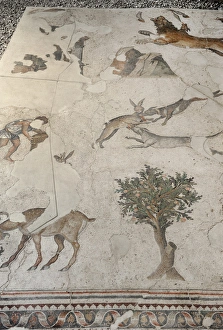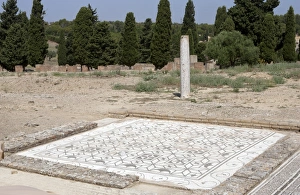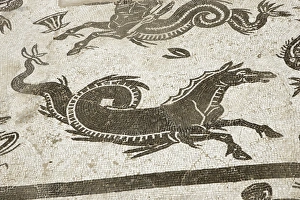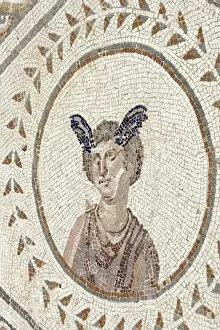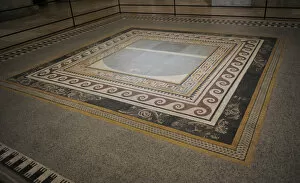Tessera Collection
"Tessera: Unveiling the Ancient Art of Roman Mosaics" Step into a world where artistry and history intertwine, as we explore the captivating realm of tessera
All Professionally Made to Order for Quick Shipping
"Tessera: Unveiling the Ancient Art of Roman Mosaics" Step into a world where artistry and history intertwine, as we explore the captivating realm of tessera. Originating from ancient Rome, these intricate mosaics have stood the test of time, preserving tales and traditions for generations to come. In Spain, beneath the azure Mediterranean waters, lies a mesmerizing underwater mosaic adorned with vibrant fish and graceful octopuses. This aquatic masterpiece transports us back to an era when marine life was celebrated in all its glory. Traveling eastward to Serbia's Orthodox Church Saborna Crkva, our gaze is drawn towards an angel gracing its façade. Crafted meticulously with tesserae, this heavenly figure exudes divine beauty that captivates worshippers and visitors alike. Venturing further into Byzantine territory, we encounter Zoe Porphyrogenita's awe-inspiring mosaic. Dating back to 978-1050 AD. , this work of art showcases Byzantine opulence at its finest – depicting Virgin Mary cradling baby Jesus in her arms. A fragment from Rome's Great Palace takes us on a journey through time as we marvel at its intricate details. Each tessera carefully placed tells stories of emperors' triumphs and palace intrigues that once unfolded within those hallowed walls. Italy's Pompeii reveals another hidden gem - the House of the Wild Boar. Here lies a stunning mosaic floor that depicts nature's untamed beauty; wild boars charging amidst lush foliage transport us straight into their untamed world. Crossing continents to Istanbul’s Mosaic Museum brings us face-to-face with yet another remarkable creation – The Mosaic of the Great Palace. Its grandeur leaves no doubt about Byzantium’s artistic prowess while offering glimpses into their rich cultural heritage. Delving deeper into history brings forth Nicanor’s tragic tale - defeated by Judas Maccabaeus, his demise immortalized in a Roman mosaic.

